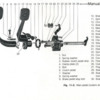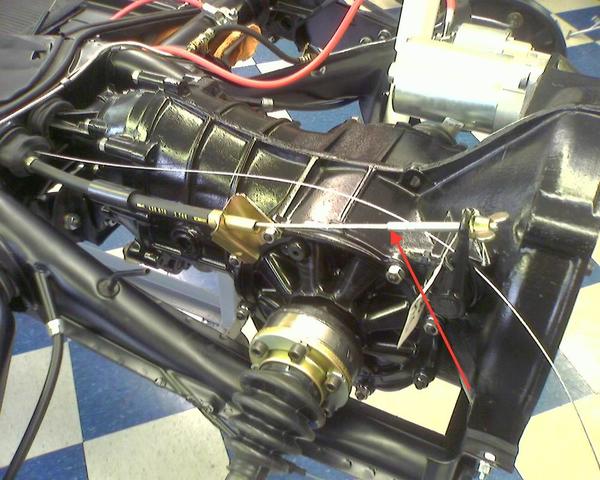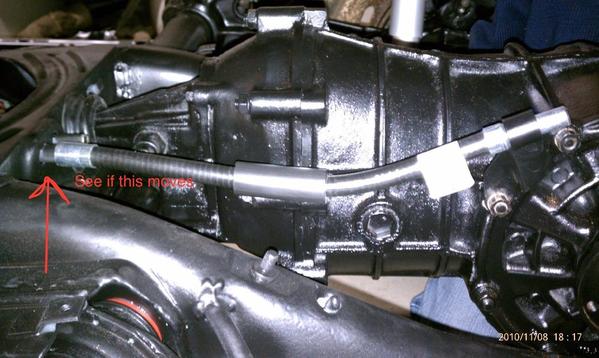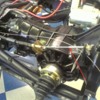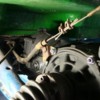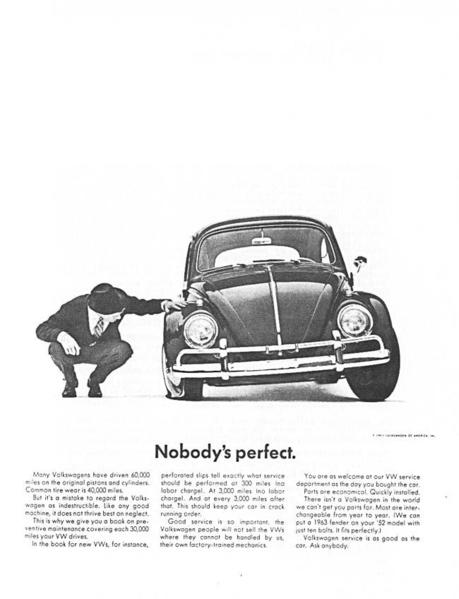Driving home tonight I heard a knock under the center of the car. Maybe a pothole but more like a knock.
Within a mile I noticed clutch wasn’t performing the same. By mile 3 I could no longer find a gear without pumping the clutch repeatedly until it magically worked.
It was then that my guardian angel, @Dave Mitchell, pulled up to save me. “I have no clutch,” I said. “Ok. Gotta go, bye!” he replied as he peeled off in his Abarth.
A few seconds later my real guardian angel shows up in the form of a mechanic who yells, “your throttle pin” (or something like this - Remember, this is rush hour, and I am stopped in a bottleneck, making an even bigger bottleneck). Anyway, he goes on to say, “your clutch is hella soft, right? Keep pumping it to try to find a gear.” After 50yards of this angel pushing me along I get it, just in time for the green light. He disappears into the traffic and I set my goal of making it the last couple miles in first gear. I made it.
Now what? Apart from towing it up to @Anthony’s place.




